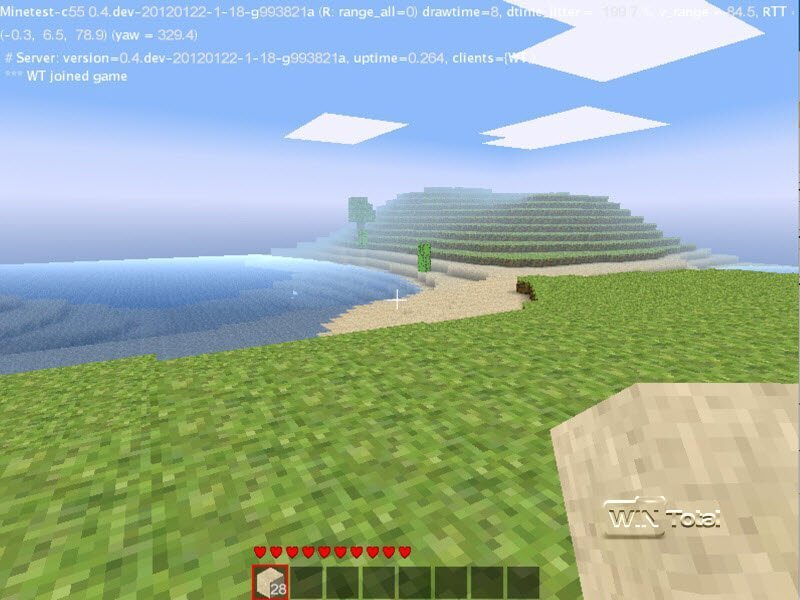

It becomes dirty when you have fiddled with any of the relevant files of the Minetest source code without committing them with Git.
#Minetest 0.4 7 full
The full developer version number is a bit longer and is written in the window title: Your version 5.0.0-dev could be entirely different from the version 5.0.0-dev of your friend. It could refer to ANY “developer version” that exists between version 5.0.0 and 0.4.17.1 (the previous “stable” version), and is not specific. “dev” stands for, you guessed it, “development”.įor example, version 5.0.0-dev refers to a “developer version” that we expect to become (after changes, possibly) version 5.0.0 eventually.īut note this “short and lazy format” is not unambigious.
#Minetest 0.4 7 Patch

However, because it's so strange (some might even say “pointless”), it is no longer used since version 5.0.0. The meaning of it is a great mystery that even well-versed scholars in Minetestology haven't uncovered yet, but it is of great importance and must not be left out in the old version numbers. ZERO is the first number, which was always 0 (before 5.0.0).This section is only for historic interest.īefore version 5.0.0, the version number was slightly different: For example, if the current version is 5.1.2, and we want to make a MINOR release, the next version will be 5.2.0. The less-significant numbers are reset to 0. When a new version is released, one of the numbers is increased, depending on the complexity of the release. These releases should be backwards-compatible. Usually these releases only change a few things and are usually very small and simple. PATCH is increased by 1 for releases that only contain bugfixes.Developers try to keep backwards-compability, but this is not always guaranteed. MINOR is increased by 1 for regular releases that contain features and/or bugfixes.MAJOR is increased by 1 for very significant (and usually gigantic) releases that change a lot of things (likely to be in a compability-breaking manner).
#Minetest 0.4 7 full version
The full version number of Minetest is always displayed in the window title. The leftmost number is the most significant number, denoting more and more significant changes. The version number of a stable release is a sequence of 3 natural numbers (including 0). A stable release is any publicly released version of Minetest where we uploaded downloadable packages:


 0 kommentar(er)
0 kommentar(er)
